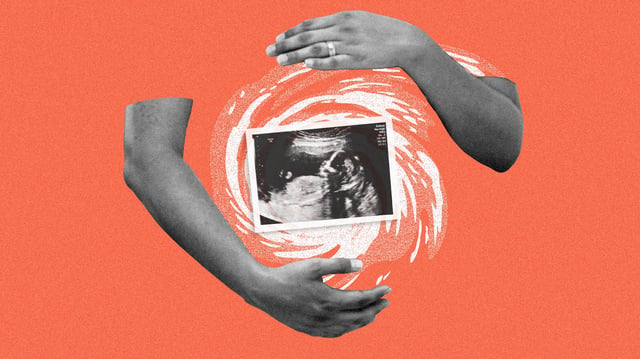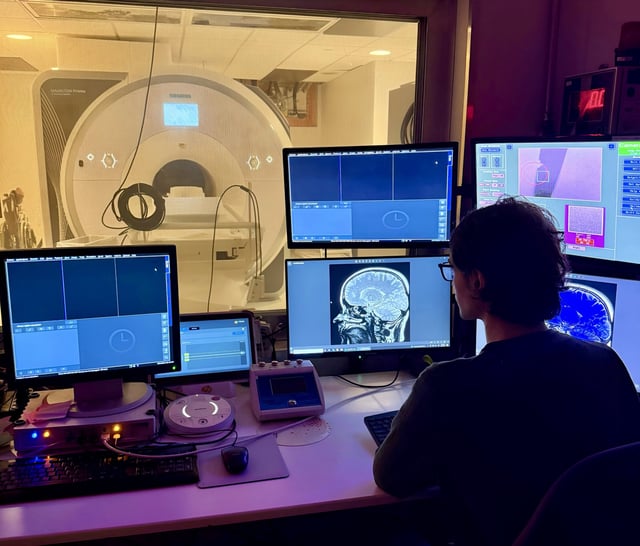Overview
- Researchers analyzed MRI scans of 34 eight-year-old children whose mothers were pregnant during Superstorm Sandy to compare basal ganglia volumes between those exposed in utero and those not.
- Children exposed in utero to Superstorm Sandy exhibited significantly larger volumes in basal ganglia regions responsible for emotion regulation and motor functions.
- Extreme heat exposure above 95°F during pregnancy amplified the storm’s impact on basal ganglia volumes, suggesting a compounded effect of multiple climate stressors.
- Alterations in basal ganglia volume have been associated with increased risk of behavioral challenges such as depression and autism-like symptoms.
- Study authors urge the development of targeted interventions and resilience strategies to support pregnant women during climate-related disasters.



